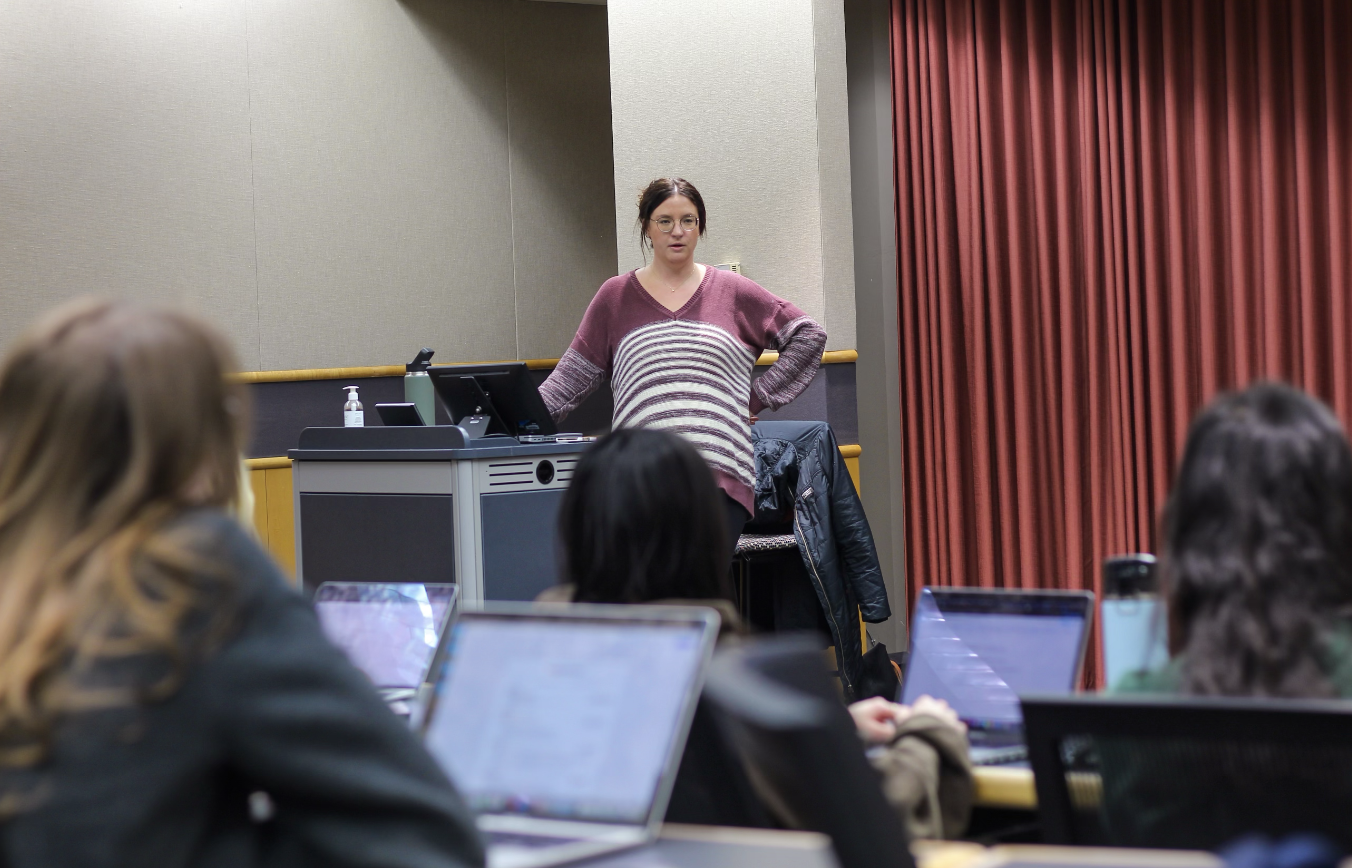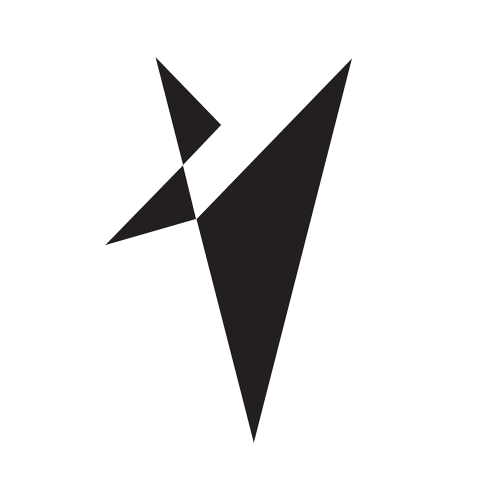Mastering your Professional Journey with Melissa Leffin
Written by Caitlin Robaczewski

On Thursday, March 7th, 2024, The Vault hosted a professional development seminar led by Melissa Leffin, the esteemed director of career engagement at the Wisconsin School of Business. Melissa has great experience in the world of business, as she has worked for the University of Chicago and Accenture in the past. Vault members learned insights into the art of crafting a resume that leaves a lasting impression, along with important networking skills that could leave an important impact on the future of their careers.
RESUME
Crafting a powerful resume demands meticulous attention to detail and a keen understanding of what employers seek. Melissa emphasized the critical importance of capturing attention within the first twenty seconds, as that is typically the short amount of time that employers spend reading about each applicant. A resume serves as a snapshot of your identity, encapsulating your experiences and the impact you've made.
The header section acts as the initial gateway, featuring vital information such as your name, contact details, and optionally, links to your LinkedIn profile or portfolio. This header should include your name, phone number, school email address, and city. The education section should be curated to highlight relevant coursework, extracurricular activities, and notable achievements. Including your GPA can offer insights into your academic prowess, and Melissa stated that if applicants do not include a GPA employers may automatically assume they have lower than a 3.0. Furthermore, spotlighting professional, leadership, and involvement experiences is pivotal in showcasing your diverse skill set. The experiences and involvement section should be a tapestry of your journey, weaving together part-time jobs, internships, projects, leadership roles, and community service endeavors. By spotlighting transferable skills, you demonstrate adaptability and versatility, traits highly coveted by employers.
Here are some do's and don'ts for resume perfection:
DO’S:
Keep it concise, ideally condensing your achievements onto a single page.
Maintain a master resume with exhaustive details, ready to be tailored for specific job applications.
List experiences in reverse chronological order, ensuring clarity and coherence.
Quantify achievements whenever possible, providing tangible evidence of your contributions.
Tailor your resume to align seamlessly with the job description, showcasing your suitability for the role.
Be genuine and authentic, letting your unique personality shine through your accomplishments.
DONT’S
Include irrelevant coursework, focusing instead on experiences directly relevant to the position.
Rely solely on templates, as a personalized touch can set your resume apart from the crowd.
State the clichéd phrase "references upon request," as it adds unnecessary clutter, applicants will know if references are needed.
Incorporate color or photos, unless pursuing creative roles where visual presentation is paramount.
Utilize first-person pronouns, maintaining a professional tone throughout your resume and avoiding “ing” when describing present day experiences.
In addition to mastering the art of resume crafting, Melissa emphasized the pivotal role of LinkedIn as a dynamic networking platform. When optimizing your LinkedIn profile, it's essential to think strategically about your personal brand. A professional photo, a compelling summary, an attachment to a resume, and a complete profile are key elements that can set you apart. Engage actively by sharing content, commenting thoughtfully, and connecting with professionals in your field.
Efficient networking on LinkedIn requires a strategic approach. Researching alumni and industry professionals can unveil valuable connections and insights. When reaching out, keep your messages concise and demonstrate genuine interest in learning from their experiences. An example of this may include, “Hello! Fellow Badger was looking to break into the fashion industry and was wondering if you could call for fifteen minutes.” Keeping these messages short and concise allows employers freedom to choose how they would like to share about their role to a potential applicant. Regularly updating your LinkedIn profile showcases your commitment and keeps your network informed of your latest endeavors. Melissa recommended updating your profile four-eight times a year to keep your connections up-to-date with relevant projects you may have worked on. An example of this would be creating a spring semester summary of all the projects you were involved with in The Vault and how you personally contributed. Overall, LinkedIn helps to establish meaningful connections and maintain a reference tracker are indispensable for professional growth and advancement.
LINKEDIN OPTIMIZATION
Cultivating Meaningful Connections:
Building meaningful connections is not just a networking strategy but a cornerstone of professional success. Leveraging the resources around you, such as peers and mentors, can open doors to valuable opportunities. Engaging in projects aligned with your passions and field of study fosters organic networking opportunities. During conversations with employers or industry professionals, inquire about additional connections and seek referrals. Maintaining a reference tracker, whether through a Google sheet or other means, enables you to organize and nurture your network effectively. Remember, networking is an ongoing journey that requires dedication and authenticity. By actively participating in your professional community, you can forge lasting connections that propel your career forward.






